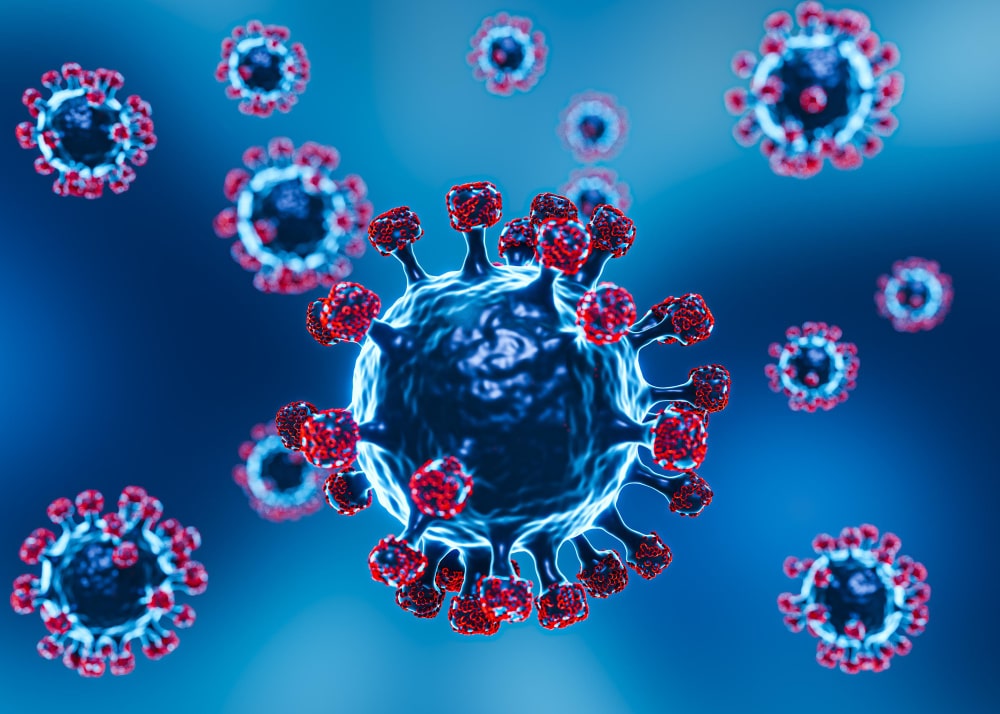Should There Be another COVID-19, What Should We do The Same, and What Should We Do Different Fighting It?
Student’s Name
Institutional Affiliation
Course
Instructor
Date
Should There Be another COVID-19, What Should We do The Same, and What Should We Do Different Fighting It?
In 2019, COVID-19 was declared a public health emergency globally, with multiple countries experiencing many unexpected casualties. COVID-19, or SARS, is a respiratory virus easily transmitted through air particles and other surfaces. The inexistence of effective management protocols led to a high death toll and transmission rate until 2021 when the first vaccine was developed. Since then, various management protocols such as vaccination, social distancing, and mass testing have been used to curb the diseases. This essay identifies the lessons learned from the previous pandemic response methods and highlights the ineffective strategies while offering recommendations for future responses in case of another COVID-19 outbreak. Therefore, this essay highlights the need for more reliable public health policies, increased vaccine development research, and investment in international collaboration while emphasizing the need to address existing medical inequalities to reduce future implications of another COVID-19 outbreak.
Lessons Learned from COVID-19 Response
The global health organization and other stakeholders identified some practical strategies to minimize the spread of COVID-19. Most countries declared a state of emergency and implemented social distancing and quarantine protocols (Da Freitas et al., 2022). Both approaches limited the spread of COVID-19 since there was minimal interaction, decreasing the number of new infections. In addition, contact tracing and mass testing methods were implemented in various hotspot areas such as airports. Mass testing and contact tracing facilitated the identification, isolation, and treatment of infected patients, protocols that interrupted transmission. Likewise, the medical research departments collaborated with the Centers for Disease Control and Prevention (CDC) and other global organizations in developing vaccines. Investing in vaccine research yielded positive results since global distribution commenced in March 2021. Although COVID-19 is still a looming societal threat, these strategies effectively managed the spread.
On the other hand, some measures were ineffective in managing the diseases at the onset. Mass hysteria occurred at the beginning of COVID-19 due to unreliable communication protocols and misinformation. According to Matamanda et al. (2022), a significant percentage of society accessed non-factual information from multiple social media channels, increasing mass tension. Furthermore, the medical department was unequipped to handle the mass cases of COVID-19. Their basic treatment protocols included antibiotics and ventilation, which were ineffective in treating the diseases. Delayed responses were also expected due to inconsistent infection management policies. Besides, the inequitable access to healthcare meant that some communities lacked enough access to medical care. In the US, people of color families were significantly affected by medical disparities (Mennis et al., 2022). Thus, these issues were obstacles to the treatment and management of COVID-19.
What to Emulate from Previous Responses in Case of Another COVID-19 Outbreak
COVID-19 cases have decreased since 2021, and one could consider reapplying some of the management protocols in case of another outbreak. Investing in vaccine development and research has effectively managed the different strains of COVID-19. Medical departments should consider continuously funding vaccine research and distribution to curb the spread of COVID if another strain is discovered (Reid et al., 2021). Equally, improving public health policies and infrastructure is necessary to meet the medical needs of patients. Though the current structures meet societal medical necessities, they may be unreliable in case of another virus outbreak. The government and medical research should identify existing loopholes in the systems, such as medical disparities, and implement infrastructure that addresses them. Likewise, promoting global information-sharing and communication systems should enhance communication, minimizing misinformation if another outbreak occurs. Thus, continued investment in research, communication, and medical infrastructure development should be considered reliable long-term contingency plans.
What to Do Differently
Lessons learned from the previous outbreak advocate for improving the delivery of medical care and communication systems. First, addressing misinformation and enhancing communication should be prioritized. Both issues lead to mass hysteria, resulting in more transmission and new cases. Addressing them will help create a sense of calmness and control necessary for managing COVID-19. Secondly, the medical department could work with other global health organizations to develop more effective and coordinated response methods. For instance, creating a standard medical response plan should equip medical practitioners with the necessary training. Finally, increasing access to high-quality medical services in all regions, regardless of color or socioeconomic status, will be vital in managing infections. Such protocols will effectively minimize the spread in case of another global outbreak.
In conclusion, increased vaccine development research, investment in international collaboration, and addressing existing medical inequalities should reduce the future implications of another COVID-19 outbreak. The first cases occurred when most governments lacked the medical and communication systems to manage the spread. Cases of hysteria and miscommunication were common, thereby resulting in more casualties. Consequently, introducing social distancing, mass testing, and contact tracing protocols was reliable in reducing new cases. The international health bodies also collaborated with medical research departments in developing vaccines. These approaches offered positive results within one year. However, countries should consider introducing more equitable care, coordinated response systems, and reliable communication systems to avoid the adverse impacts of COVID-19 in case of another crisis. Therefore, investing in more medical research and development programs should be considered.
References
De Freitas, T. B., Belo, R. C., Siebra, S. M., Medeiros, A. de, De Brito, T. S., Carrillo, S. E., Do Nascimento, I. J., Sakamoto, S. M., & De Moraes, M. (2022). Quarantine, physical distancing, and social isolation measures in individuals potentially exposed to SARS-COV-2 in community settings and health services: A scoping review. Nepal Journal of Epidemiology, 12(2), 1182–1202. https://doi.org/10.3126/nje.v12i2.43838
Matamanda, A. R., Nel, V., Leboto-Khetsi, L., & Dunn, M. (2022). Risk communication in an informal settlement during COVID-19: Case of Dinaweng, Bloemfontein South Africa. Urban Governance, 2(2), 296–304. https://doi.org/10.1016/j.ugj.2022.10.002
Mennis, J., Matthews, K. A., & Huston, S. L. (2022). Geospatial Perspectives on the intersection of chronic disease and covid-19. Preventing Chronic Disease, 19. https://doi.org/10.5888/pcd19.220145
Reid, M., Abdool-Karim, Q., Geng, E., & Goosby, E. (2021). How will COVID-19 transform global health post-pandemic? Defining research and investment opportunities and priorities. PLOS Medicine, 18(3). https://doi.org/10.1371/journal.pmed.1003564


